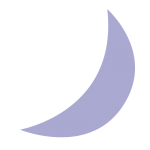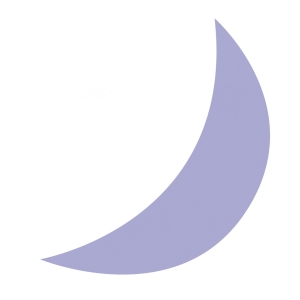DO YOU SLEEPWALK?
Safety Tips
 Get a full night of sleep every night.
Get a full night of sleep every night.- Keep a regular sleep-wake schedule.
- Make adjustments to your work schedule if you are a shift worker.
- Avoid alcohol and drug use.
- Add locks or alarms on your windows and doors.
- Sleep on the ground floor.
- Clear your bedroom of things that might cause you to trip or fall.
Parasomnias
- Parasomnias are abnormal sleep-related behaviors that can occur during non-rapid eye movement sleep (NREM) or rapid eye movement (REM) sleep.
- They can be seen in children and adults.
- NREM parasomnias mostly occur out of stage N3, which is deep NREM sleep. They tend to occur during the first part of the night, usually within an hour or two of falling asleep. REM parasomnias usually occur during the second half of the night.
- These episodes can be distressing for the bed partner and other family members and can disrupt their sleep.
- Triggers include other sleep disorders (like sleep apnea or restless legs syndrome), insufficient sleep, alcohol and medications.
Non REM Parasomnias
Confusional Arousals
The individual is confused and disoriented to time and space. The eyes may be open and they may mumble. There is often no recollection of the event
Sleep Eating Disorder
The individual has episodes of involuntary binge eating after partial awakening from sleep with a tendency to eat unusual or toxic foods like raw meat or pet food
Sleep Walking
The individual gets up during the night and walks around aimlessly. They may perform other activities without recollection such as play a musical instrument, urinate in the closet, or drive a vehicle
Sleep Terrors
Episodes of sudden awakening with screaming and crying in fright, along with motor activity and fast breathing, fast heart rate and sweating. The individual may appear terrified and inconsolable during the episode.
REM Parasomnias
REM Behavior Disorder (RBD)
This is a potentially dangerous sleep disorder where individuals act out dreams that are often vivid and may even be violent. They may punch, kick or flail about in bed and this may result in injury to themselves or the bed partner. RBD can be associated with conditions such as Parkinson’s disease.
Nightmares
Everyone can experience these distressing dreams that disrupt sleep causing you to wake up. If this occurs frequently, one is considered to have a “nightmare disorder” which can be aggravated by underlying anxiety, making it difficult to get to sleep or fall back to sleep. Non-medication treatment exists for those with a recurring theme to their dream, one that plays out time and time again.
When parasomnia events occur rarely with mild or harmless symptoms, simply follow the above safety tips.
It is important to seek medical attention if your behaviors are dangerous to yourself or others
When parasomnia events occur rarely and with mild or harmless symptoms, simply follow the above safety tips. It is important to seek medical treatment if your behaviors are dangerous to yourself or others.
- Parasomnias can be related to other sleep disorders such as obstructive sleep apnea. Treatment of sleep apnea using a CPAP device or an alternative treatment may improve the parasomnia.
- Some parasomnias can be improved with simple non-medication strategies and attention to mood regulation.
- At times, parasomnias require medication management to improve sleep and minimize safety concerns


Take the “4 Week Sleep Challenge” to learn more about your sleep pattern.
The better your sleep habits, the better you’ll feel!
